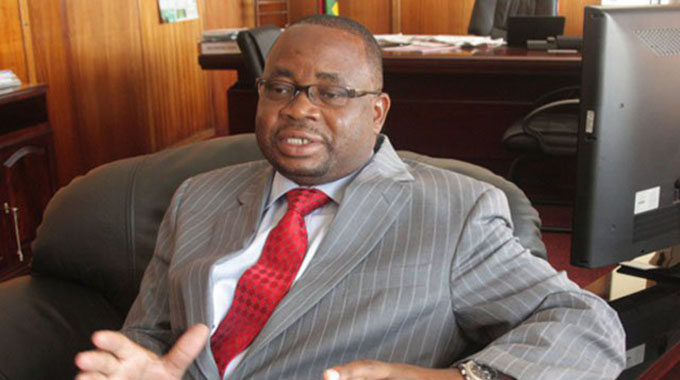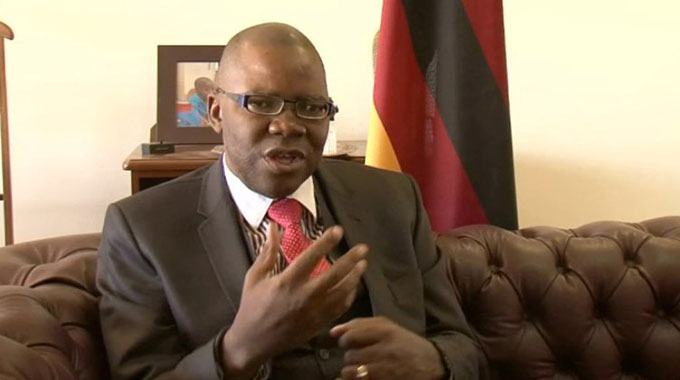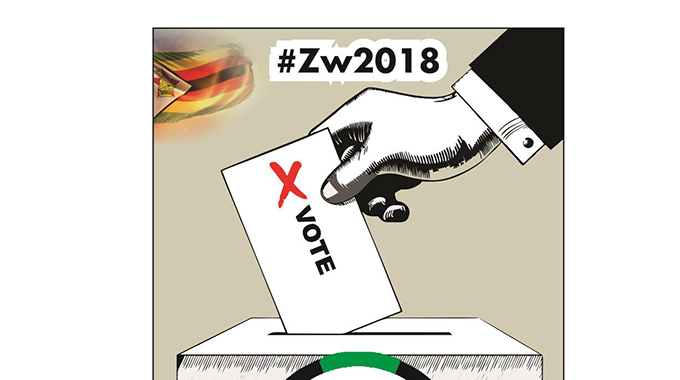Blair toilets banned

Blessings Chidakwa recently in Hurungwe
Government has, with immediate effect, banned the construction of Blair toilets in rural schools as it moves to modernise educational facilities around Zimbabwe. The move will also see Government abolishing Bush pumps, preferring the installation of electric boreholes that match modern-day living standards.
Primary and Secondary Education Minister Professor Paul Mavima announced the ban during a recent site visit at the construction of Tavoy Secondary School in Hurungwe.
Tavoy Secondary School is one of the 17 schools Government is building countrywide through a $20 million grant availed by the OPEC Fund for International Development (Ofid) a few years back.
Minister Mavima said the new dispensation was committed to improving learning facilities in the rural areas.
“No more issues of Blair toilets (at the schools). We do not want to see that, we want to see modern schools even in the most rural of schools so that we can be an example of what a new Zimbabwe should be even to rural communities,” he said.
Minister Mavima said it was now mandatory that all new schools should match modern standards.
“We are now building modern schools, so no to Blair toilets and Bush pumps for water. We want proper reticulation with electric pumps so that we can deliver water to the ablutions for the staff and pupils,” he said.
“This is going to apply to all the infrastructure at school sites. We want teachers’ housing which is decent and modern including family units with electricity, water reticulation systems, internet connectivity as well as science facilities.”
Government is building 17 state-of-the-art primary and secondary schools as part of the 166 schools being constructed across Zimbabwe.
The schools are being built using two models, a secondary school in Hatclife, Harare and a primary school in Lupane completed last year.
The model schools, representing a modern school, comes with all amenities including laboratories and teachers’ houses.
The 17 schools will be constructed under a $20 million grant from Ofid.
A joint venture partnership has also been established for the construction of the 166 school set to start next year.
Construction of the schools is part of the Government’s target to set up an additional 2 056 schools countrywide to meet the growing demands for education. The country boasts 8 500 primary and secondary schools.
As at 2013 Zimbabwe had a deficit of 2 056 schools, 1 252 primary schools and 804 secondary schools.
The construction of additional schools is in line with Zim-Asset under the Social Services and Poverty Eradication Cluster where the Government seeks to improve the quality and increase access to education and training at all levels.
Construction of more schools is expected to go a long way in dealing with shortage of learning facilities in the country.
Shortage of schools has seen some schools, particularly in high-density suburbs, resorting to double sessions known as hot-sitting and sharing infrastructure.
In rural and farming areas, satellite schools have been established to deal with the challenge of pupils walking long distances to attend class.
The satellite schools are often makeshift without adequate infrastructure resulting in some teachers shunning them.







Comments